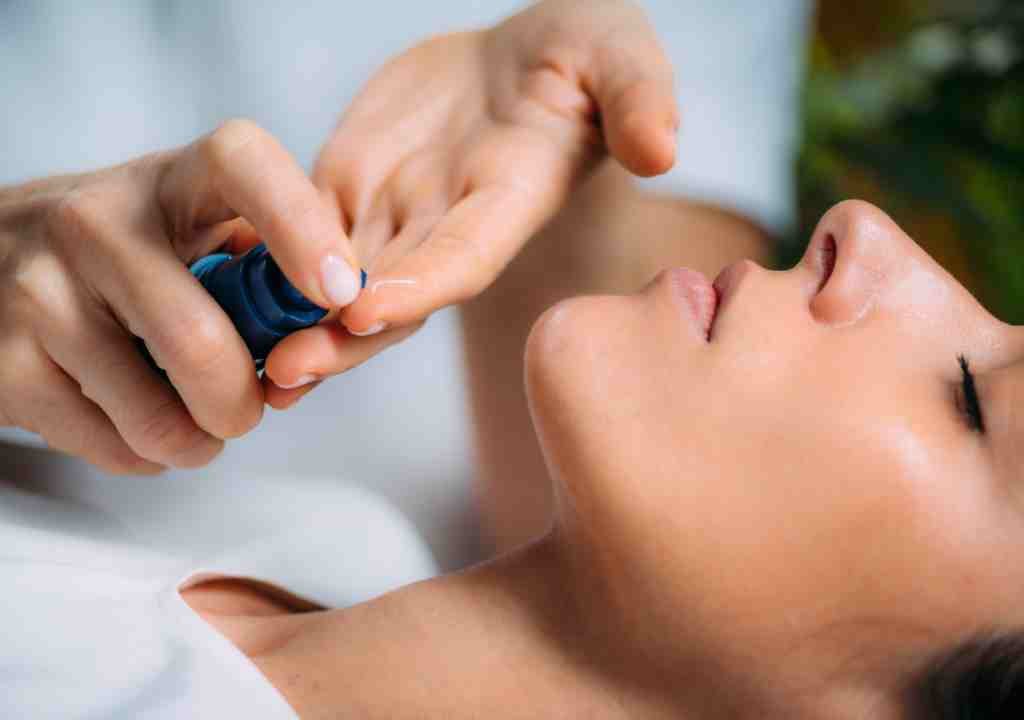Hey, everyone! In today’s Article, we will discuss, how to start using retinol and as well as addressing the common concerns shared by many of you. Whether you’re on YouTube, Instagram, or TikTok, the feedback has been pouring in, and I hear you loud and clear. Some of you feel like your retinol isn’t working as expected. Before you contemplate abandoning ship, let’s explore 10 potential reasons why your retinol might not be delivering the results you desire. Plus, we’ll discuss how to start using retinol for those new to this powerhouse ingredient.
10 Reasons Why your Retinol not Working:
Table of Contents
1- Patience is Key:
The first reason could be impatience. Both prescription and over-the-counter retinols require time to showcase their magic. With an average of three months for prescription retinoids or over-the-counter adapalene to kick in, consistency is vital. Initial irritation is common, so hang in there. For deeper concerns like wrinkles, expect the process to take around six months, here is our guide on How to Use Retinol for face wrinkles that will blow your mind!. Remember, these ingredients work in the deeper layers to boost collagen production and smooth out imperfections.
2- The “Worse Before Better” Dilemma:
Some of you might think your fine lines and wrinkles look worse. Fear not, as this might be due to initial drying effects. The dryness can accentuate wrinkles, especially around the eyes. The remedy? Moisturizers are your best friend. They not only combat dryness but also enhance your skin’s tolerance to retinol.
3- Consistency is Key:
Being inconsistent with your retinol application is a common pitfall. Consistency is crucial for results. This isn’t a spot treatment; it’s a long-term commitment. Start slow, maybe once a week, and gradually increase. Consistency, not sporadic use, is the key to retinol success.
4- Hyperpigmentation Headache:
If you’re noticing more hyperpigmentation, it could be due to the retinol’s focus on the top skin layer. Deeper pigmentation might become more apparent. Additionally, if the product is too irritating, especially for deeper skin tones, it’s time to consider a more conservative approach or alternative treatments for hyperpigmentation.
5- Pore Predicament:
For those with enlarged pores, using retinol might make them seem larger initially. Relax, it’s not the retinol enlarging them; it’s revealing them. The ingredient’s potential to improve overall skin structure will, in the long run, enhance pore appearance.
6- Acne Aggravation:
Experiencing a surge in acne after starting retinol is normal—purging, as it’s called. It’s a short-lived phase where existing acne surfaces before fading away. If acne persists beyond this phase, it might be irritation-related. Distinguish between purging and irritation to manage both effectively.
7- The Oily Effect:
Surprised your face looks oilier? The vehicle your retinol comes in may be the culprit. Gel-based vehicles absorb faster and reduce shine. Also, consider using a clay mask to absorb excess oil.
8- No Visible Change:
Just because you don’t see a cosmetic change doesn’t mean retinol isn’t working beneath the surface. Long-term use minimizes sun damage, inhibits collagen-destroying enzymes, and aids in preventing pre-skin cancers.
9- Over-the-Counter vs. Prescription:
Using an over-the-counter cosmetic retinol may not be enough for acne. Consider graduating to prescription-strength retinoids like adapalene for more effective results.
10- Persistent Acne:
If your acne persists despite using retinol, don’t abandon ship. Retinoids alone may not be sufficient. Consult your dermatologist to explore additional treatments and ensure better control.
How to Start Using Retinol:

For those new to retinol, starting slow is key. Begin with a low concentration, maybe once a week, and gradually increase frequency. This approach minimizes the risk of irritation while allowing your skin to acclimate to this powerful ingredient. Don’t forget to pair it with a good moisturizer to keep your skin hydrated and healthy.
Before bidding farewell to retinol, consider these factors and consult your dermatologist for personalized advice. Don’t forget, skincare is a journey, and patience is the key to unlocking true benefits of using retinol. Stay consistent, stay informed, and most importantly, don’t forget sunscreen! If you found this Article helpful, give it a thumbs up, share it with friends. I’ll catch you in the next one. Bye for now! 🌟✨



